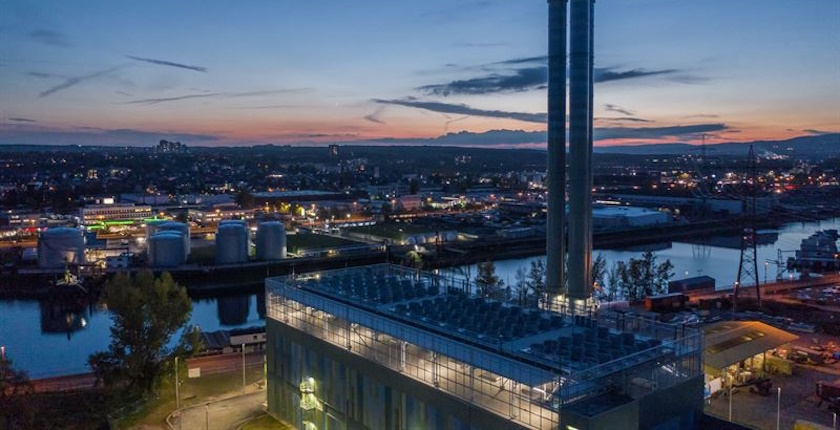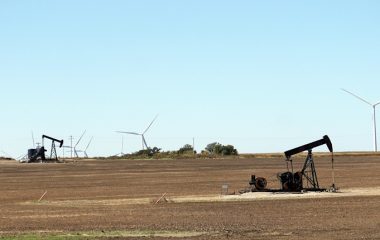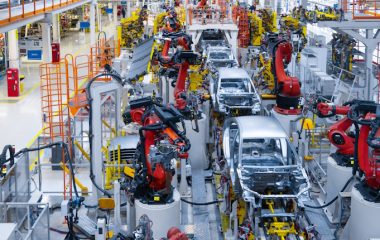
Photo: Wärtsilä
District heating is a multi-technology solution that is currently underutilized for Europe to meet near-term decarbonization goals affordably and scale renewable energy use significantly by transitioning away from inflexible coal-fired systems, according to a new study prepared by a Finnish technology group Wärtsilä. In 2021, district heating supplied just 11% of Europe’s households’ heating demand.
There is a significant potential for coupling district heating and power systems to decarbonize heat and electricity while delivering savings, the study reads.
The authors have identified and analyzed various revenue streams for combined heat and power generation, particularly combined heat and power (CHP) engines, using gas, and examined relevant European regulations and future trends affecting these streams. The study, conducted by economic consulting firm Compass Lexecon, includes case studies with insights into national regulatory and market frameworks.
In Poland, recently published Wärtsilä’s modeling shows that integration of these systems could save EUR 3.8 billion over the next decade, reducing CO2 emissions in its coal-dominated power sector by 57% by 2032. CHP engines and heat pumps also emerge as the key facilitators for the efficient integration of renewables in Poland.
Petryk: CHP engines and heat pumps optimize energy use
The case studies in Denmark, Hungary, Czech Republic, and Poland, which are all existing district heating projects, have confirmed that investment into flexible technologies such as CHP engines is feasible and future-proof, according to Wärtsilä.
“District heating has untapped potential in Europe to be a profitable pathway to net zero. It is more than just heating homes – it is about enabling renewable energy growth, offering flexibility, and creating a viable solution for coal-dependent countries transitioning to cleaner energy,” Market Development Director at Wärtsilä Energy Igor Petryk said.
Combined heat and power engines and flexible technology like heat pumps, in his words, optimize energy use. They dynamically select between heat and power production technologies to adapt to market prices, maximizing economic returns.
The CHP engine technology is more flexible compared to traditional gas turbines
“For example, when renewable energy is abundant, heat pumps and electric boilers absorb the extra energy. When solar and wind are low, these engines produce heat for cities and power for the grid. This two-way balance keeps energy supply reliable”, Petryk noted.
The study also highlights the flexibility of the CHP engine technology compared to traditional gas turbines, allowing it to react more efficiently to fluctuating electricity supply and volatile prices. This advantage has been proved in studies globally, where flexibilities procured by grid operators need to be made available within only 5 minutes or less, the study underlined.
The ability to provide short-term flexibility could secure a significant revenue stream for CHP engines, thereby reducing heat costs.
Government support as a key driver
The study has identified government support as a key driver for modernizing and decarbonizing district heating systems.
For example, in the Czech Republic, subsidies aligned with EU goals have sped up CHP engine adoption and boosted investments, while in Hungary, the ancillary services market encourages CHP engine investments, supporting greater use of renewables and lowering CO2 emissions.
According to Gerald Aue, Vice President at Compass Lexecon, their study shows that efficient CHP engines can play an important role in contributing to the mitigation of climate change by replacing coal. “This is also acknowledged by the fact that these engines can fulfill the criteria of the EU Taxonomy for sustainable activities under certain conditions,” he noted.









Be the first one to comment on this article.